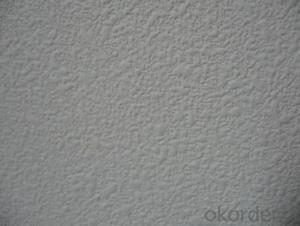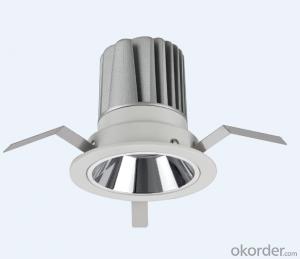Easy Solar Inverter
Easy Solar Inverter Related Searches
Grill With Led Light Bar Light Fixture With Chain Blu Ray Player With Recorder Blu Ray Player With Internet Steel Column Connection To Foundation Grinding Wheels Come In Grades From Coarse To Dodge Ram Led Light Bar Grill Led House Light Fixtures Small Led Light Fixtures Intellibrite Led Pool LightHot Searches
Fiberglass Scaffolding For Sale Fiberglass Panels For Sale Fiberglass Greenhouses For Sale Easy Deck Scaffold For Sale Ceiling Fan Lowest Price Geogrid Fabric Price Geogrid Fabric Home Depot Cost To Install Frp Panels Geotextile Fabric Cost Per Square Foot Geogrid Fabric Near Me Textilene Fabric Suppliers Uk Cost To Install Hardwood Floors Coal Prices 2015 Led Light Manufacturers Samsung Mobile Accessories Price List Led Headlight Manufacturers Cost To Waterproof A Basement Best Grinder To Buy Best Nuts To Buy Best Place To Buy FlashlightsEasy Solar Inverter Supplier & Manufacturer from China
Okorder.com is a professional Easy Solar Inverter supplier & manufacturer, offers integrated one-stop services including real-time quoting and online cargo tracking. We are funded by CNBM Group, a Fortune 500 enterprise and the largest Easy Solar Inverter firm in China.Hot Products
FAQ
- The role of a bypass switch in a solar inverter is to provide a means for redirecting the flow of electricity in case of an emergency or failure within the inverter. It allows for the direct connection of the solar panels to the utility grid, bypassing the inverter, ensuring a continuous supply of electricity even when the inverter is not functioning properly. This helps maintain the stability and reliability of the solar power system.
- There are three main types of solar inverters: string inverters, microinverters, and power optimizers. String inverters are the most common and cost-effective option, where multiple solar panels are connected in a series and the inverter converts the DC power from the panels into AC power for use in the home. Microinverters are installed on each individual solar panel, converting DC power to AC power directly at the panel level. Power optimizers are installed with string inverters and optimize the output of each solar panel individually, ensuring maximum energy production.
- Choosing the right brand of solar inverter involves considering factors such as reliability, efficiency, warranty, compatibility with your solar system, and customer reviews. Researching and comparing different brands, their track record, and customer feedback can help in making an informed decision. Additionally, consulting with solar professionals or seeking recommendations from reputable sources can further aid in selecting the most suitable brand for your specific needs and budget.
- A solar inverter handles voltage fluctuations in the grid by continuously monitoring the grid voltage. When the voltage exceeds or drops below the acceptable range, the inverter adjusts the power output of the solar panels accordingly. It stabilizes the voltage by regulating the flow of electricity from the solar panels, ensuring a consistent and safe supply of power to the grid.
- Yes, a solar inverter can be connected to a generator. This connection allows the solar inverter to work in conjunction with the generator, utilizing both the solar energy and the generator power to meet the electrical requirements of a system.
- The maximum output voltage of a solar inverter depends on its design and specifications. Generally, the maximum output voltage can range from 240 to 600 volts for residential inverters, and up to several thousand volts for commercial or utility-scale inverters.
- Yes, a solar inverter can be used for off-grid applications. Off-grid systems typically rely on solar panels to generate electricity, and a solar inverter is essential in converting the direct current (DC) generated by the panels into alternating current (AC) which can be used to power various appliances and devices. The inverter also manages the flow of electricity, ensures system stability, and may include features like battery charging and energy storage capabilities, making it suitable for off-grid applications where no grid connection is available.
- Safety considerations when installing a solar inverter include ensuring proper electrical grounding, following manufacturer's instructions and guidelines, using appropriate personal protective equipment, avoiding contact with live electrical components, testing the system for proper operation before energizing, and complying with local electrical codes and regulations.















































